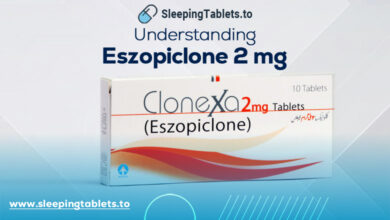
What Types of Valves Are Used in the Pharmaceutical Industry?
The pharmaceutical industry is worth a whopping $425 billion a year.
When producing medicines and pharmaceutical liquids, pastes, and powders, you don’t want to take chances on the equipment and parts required during manufacturing. A breakdown in the process can cost you time and money.
The types of valves you use can play a crucial role in regulating the flow of liquids, gases, or slurries. You want them to last as long as possible, have a quality seal, and be the suitable material and size for the job.
The pharmaceutical industry involves everything from extracting primary ingredients to processing drugs or chemical products into their final form. You might be processing tablets, gels, injectables, creams, ointments, or aerosols.
Therefore, it is essential that you choose the right pharmaceutical valves. Read on for more information on valve types:
Table of Contents
What Material Should I Choose?
Sterile and sanitary conditions are critical in the pharmaceutical research and manufacturing field. Because you are dealing with highly sensitive and pure ingredients, the slightest problem can destroy the entire production run. Contamination can lead to the loss of a lot of money.
Therefore, pharmaceutical industry valves should be constructed with high levels of health standards in mind. Stainless steel valves, which are polished and cleaned to specific standards, are ideal.
These kinds of valves are often used in hospitals, food processing plants, and the pharmaceutical industry.
Here are some common types of pharmaceutical valves:
Butterfly Valve:
A butterfly valve is used to regulate the flow of materials within large pipes. It has a circular body and a rotating disc. This is used to stop, regulate, and start flow.
The disc has a rod through it, which is connected to a device that moves it either parallel or perpendicular to the flow. The rod is like the body of a butterfly, and the disc is its wing. Butterfly valves open quickly and can open or close completely with a 90-degree rotation.
They are great at handling large flows of liquids or gases at low pressures.
Ball Valves
A ball valve is a device that uses a hollow, pivoting, and perforated ball to control the liquid flowing through it. A handle is attached to the ball inside the valve to open it.
It is open when the ball’s hole lines up with the flow inlet. This is when flow will occur. When the handle is perpendicular to the flow, it will stop. Ball valves are known for being long-lasting and having reliable seals.
Diaphragm Valves
If you are looking for valves for pharmaceuticals, diaphragm valves are some of the most common in the industry. Unlike other valves, there is no disc involved.
A pneumatic diaphragm valve is known for being very clean and great for working with very sensitive or pure substances. This valve uses a flexible membrane, the diaphragm, to open or close an opening. The valve changes its position depending on the pressure on either side of the diaphragm.
Which of These Types of Valves Is Right for You?
As you can see, when it comes to valves for pharmaceutical purposes, there are several options. Ultimately, what you want is a sanitary, sterile product that will not contaminate the products moving through your plant.
Now that you have read about a few different types of valves, have a look around our blog for more helpful information.
















